We’ve been working with the Stanford Center on Longevity at Stanford University to bring to life their Sightlines Project. Stamen’s role was to review data from eight nationally representative, multi-year studies that involved more than 1.2 million Americans over the last 15 years and to visualize that data in an appealing and informative way.
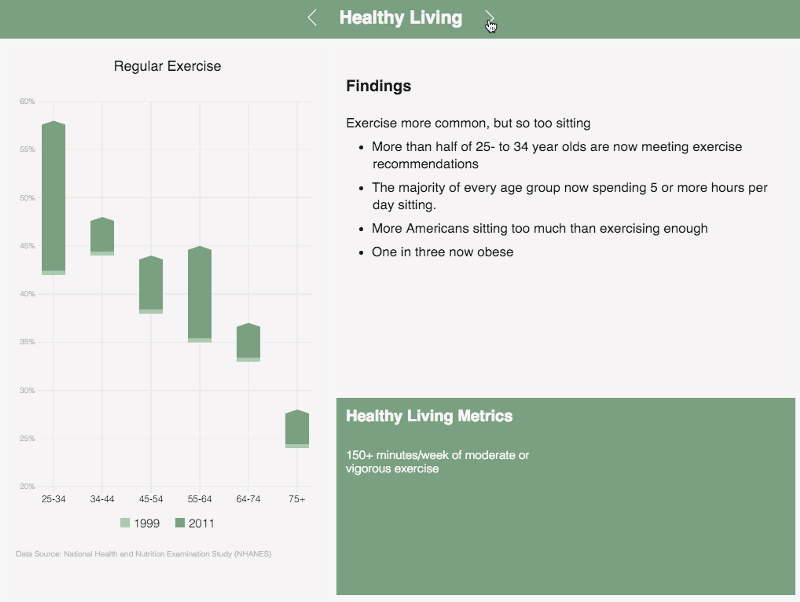
The Sightlines Project investigates how well Americans are doing in three areas that are critical to well-being as people age: financial security, social engagement and healthy living. The project brings to light the trends over the last 15 years. It shows where we need improvement and where we bode well as a nation. It’s sobering stuff.
The graphs below visualize studies taken 11 to 20 years apart. The lighter colored bars represent the initial data point, while the darker shades show the amount of change. The position of the arrow represents the direction that particular age group is trending.
Healthy living is defined as avoiding risky behaviors (smoking, excessive drinking, drug use, etc.) and making healthy choices (eating well, exercising, etc.)
Positive Trends:
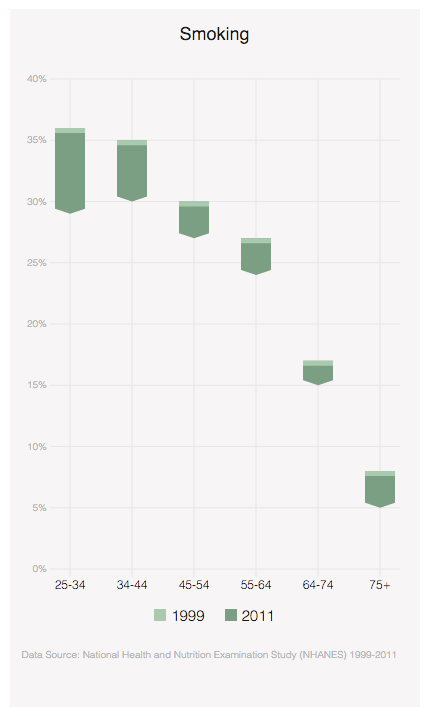
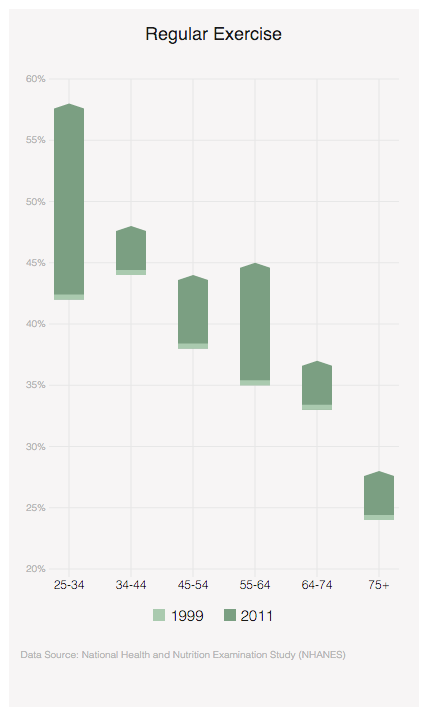
Concerning Trends:
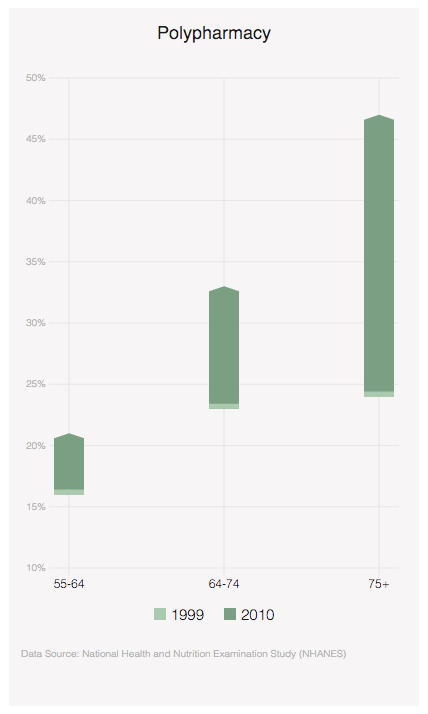
Financial security across the lifespan is a growing challenge for longer lives. Financial security has deteriorated from 2000 to 2014, particularly among the least educated, who are more likely to live at or near poverty, lack emergency resources, and are less likely to invest in their financial futures.
Concerning Trends:
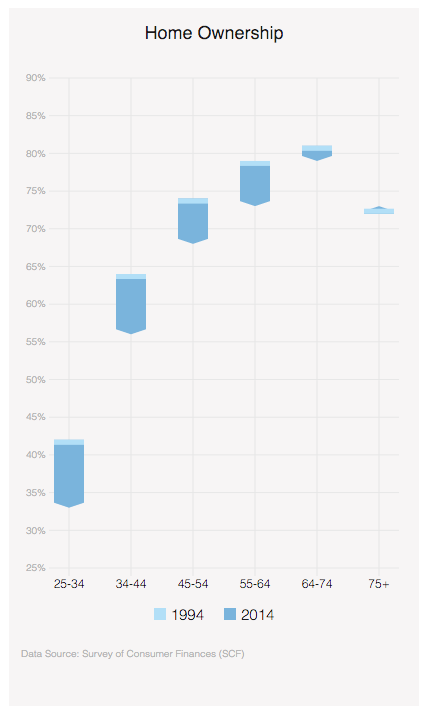
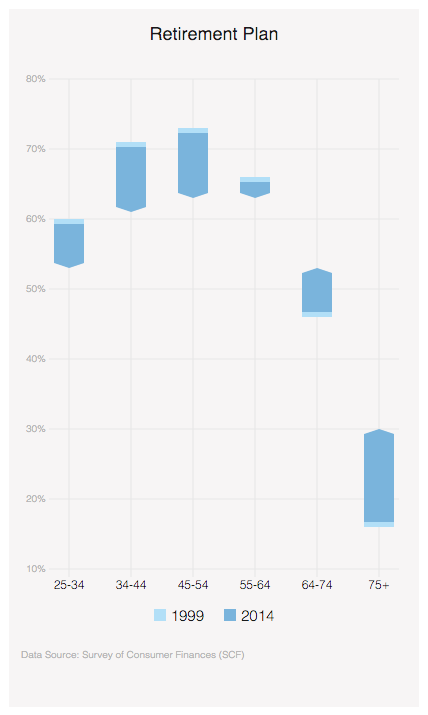
Even More Concerning Trends:
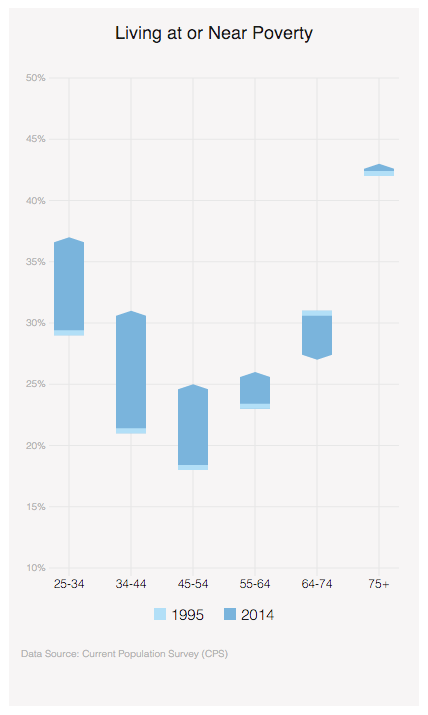
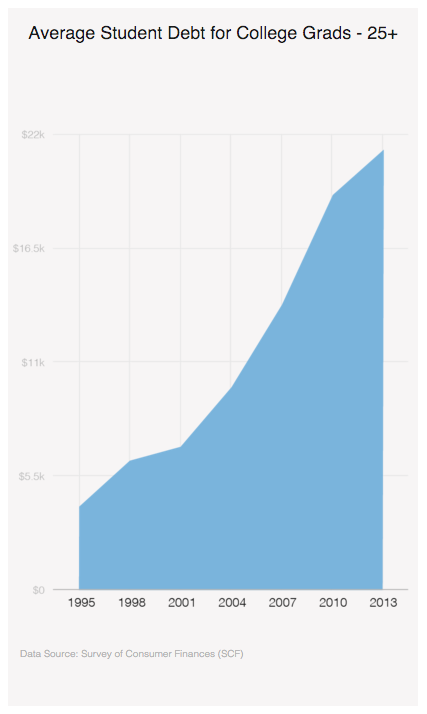
Social engagement, central to long and healthy lives, includes both meaningful relationships and participation in communities. Social engagement is declining along many traditional indicators. It is too soon to tell whether new forms of technology-mediated social engagement — SMS, chat, facetime, posting and tweeting — are providing social benefits and how they complement face to face engagement.
Positive Trends:

Concerning Trends:
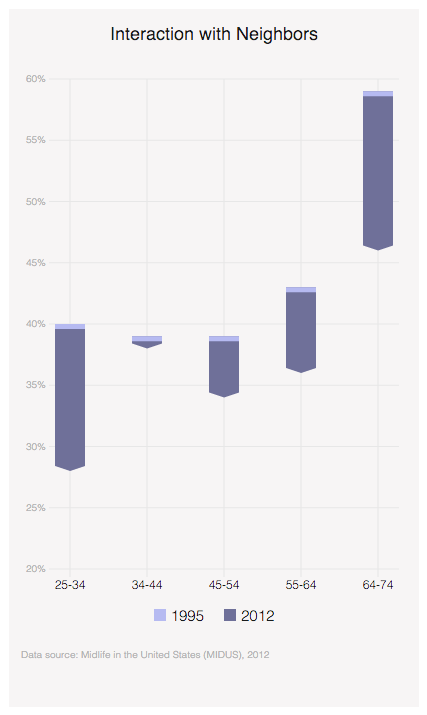
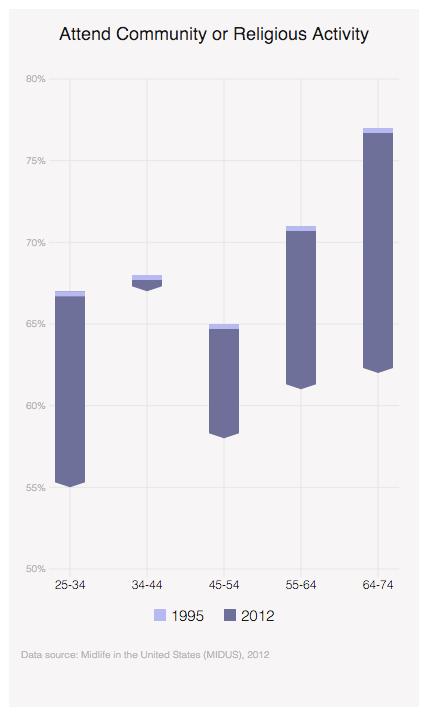
There are signs of progress and reasons to be concerned. Exercising and smoking trends are encouraging while the financial security of both the young and old are increasingly frightening. At least now we can all be a little more informed. It’s been a pleasure working with Stanford University and specifically the Center on Longevity.
Looking forward to what’s next.
